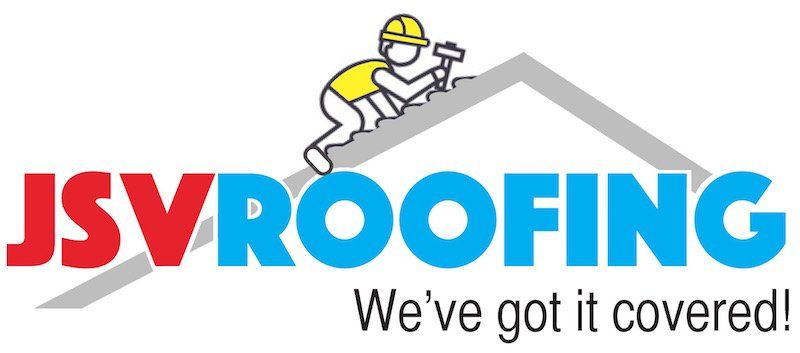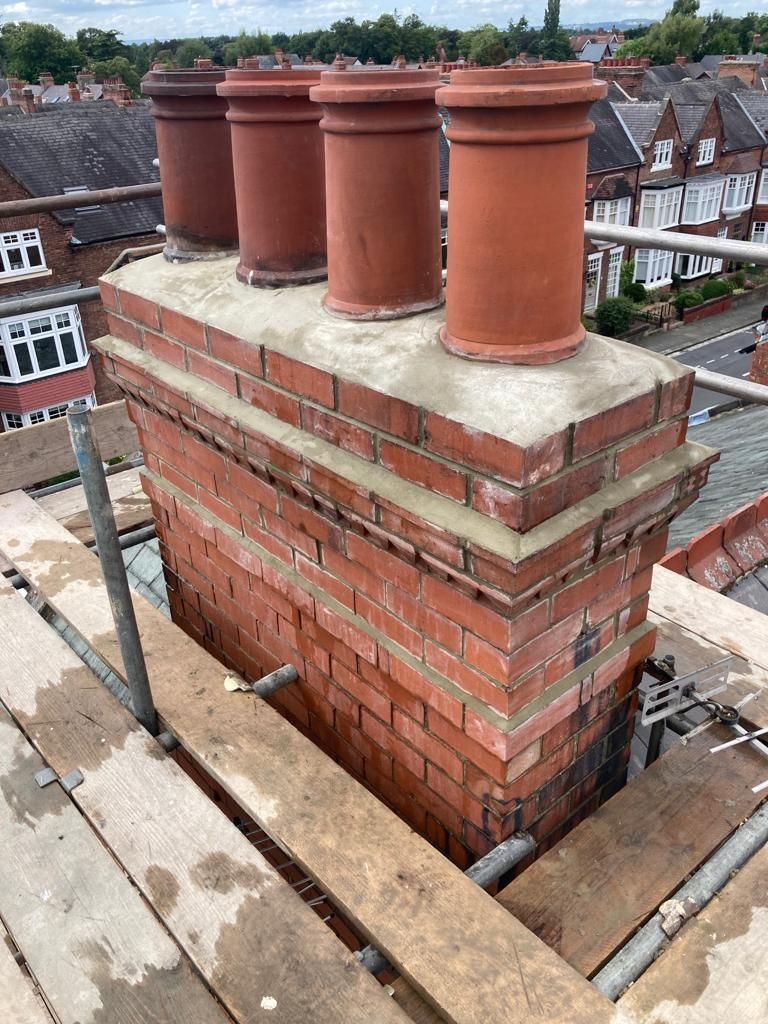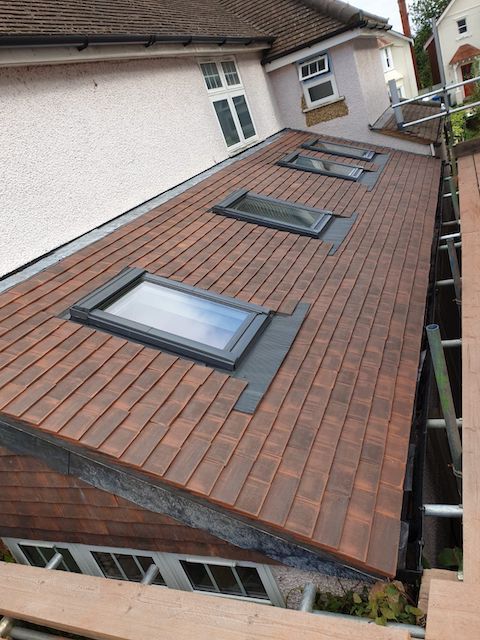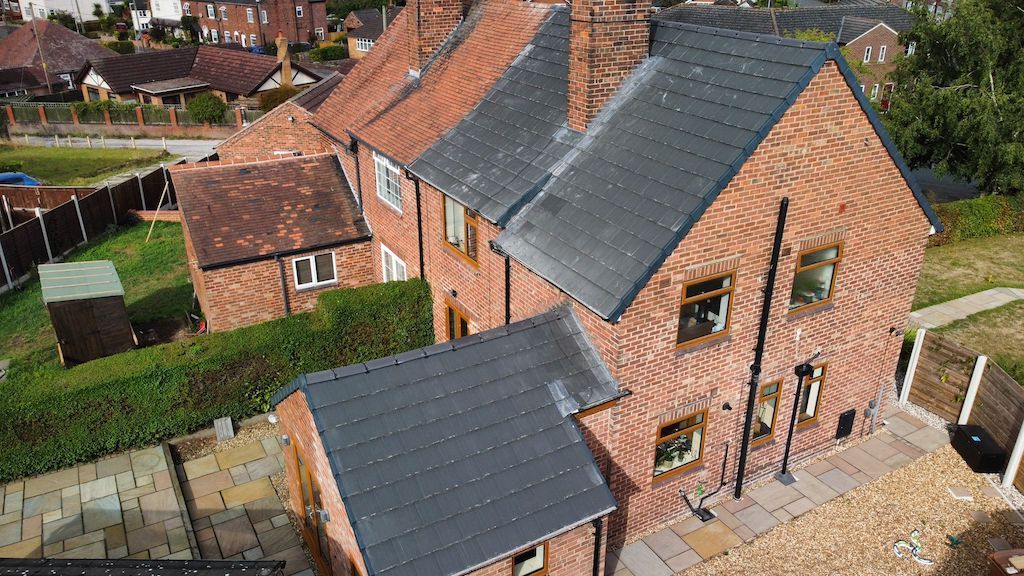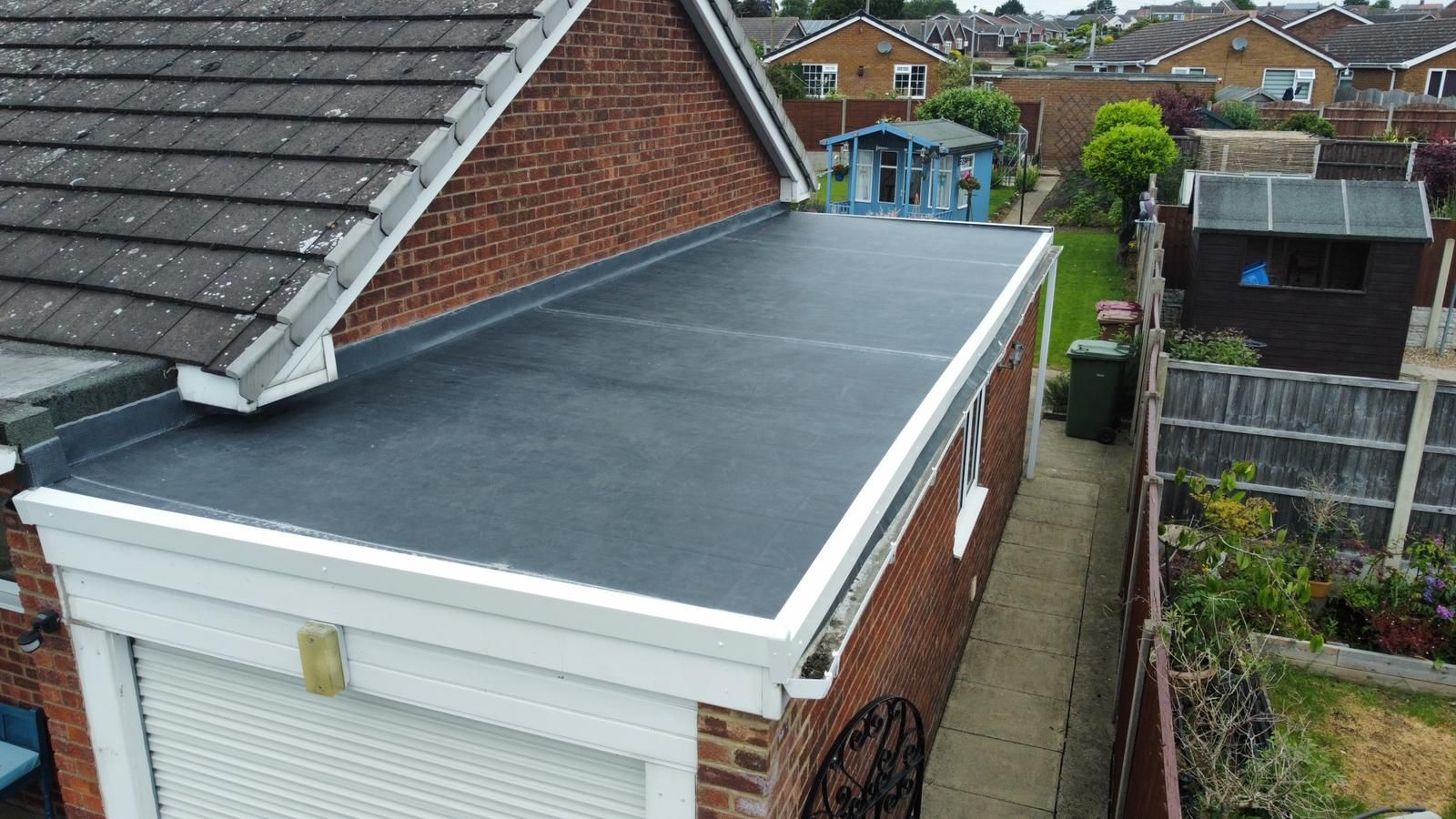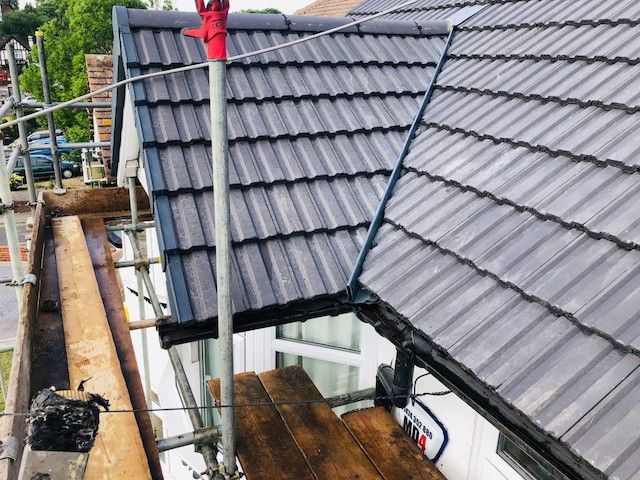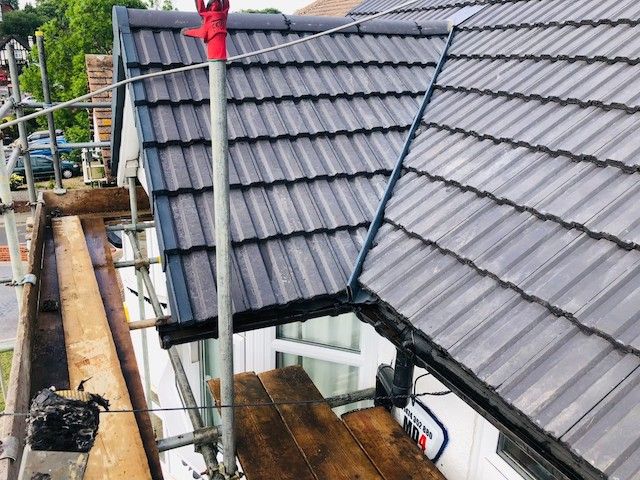The Role of Dry Fix Roof Systems in Modern Architectural Design
As modern architectural designs continue to change, the integration of innovative building technologies has become crucial. Among these, dry-fix roof systems have emerged as a standout solution, offering durability, efficiency, and aesthetic flexibility that aligns with contemporary building standards. This article explores how dry-fix roof systems are influencing modern architectural design and why they have become a preferred choice for architects and builders.
Enhancing Aesthetic Appeal
Dry-fix roof systems are known for their sleek and seamless appearance, which is a significant advantage in modern architectural design. These systems eliminate the need for unsightly mortar and pointing, providing a clean, uniform look that enhances the overall aesthetics of buildings. The absence of mortar also means that there are no colour-matching issues, which is often a concern with traditional roofing methods. This seamless integration makes dry-fix systems ideal for a range of architectural styles, from ultra-modern to more traditional designs seeking a minimalist touch.
Durability and Reliability
One of the core components of modern architecture is building longevity and resilience. Dry-fix roof systems contribute significantly to these aspects by offering enhanced durability compared to traditional wet-fix methods. These systems are designed to withstand extreme weather conditions, including high winds and heavy rainfall, without the risk of tiles or ridges becoming dislodged over time. The mechanical fixings used in dry fix systems provide a secure attachment that far outlasts the lifespan of mortar, ensuring that the roof remains intact and functional for decades.
Sustainability and Energy Efficiency
Sustainability is a critical concern in contemporary building practices. Dry-fix roof systems align with this priority by contributing to the energy efficiency of buildings. These systems often include integrated ventilation features that help maintain optimal attic temperatures, reducing the need for artificial heating and cooling. This natural temperature regulation plays a significant role in decreasing energy consumption, thus supporting the design of greener buildings.
Speed and Safety of Installation
In the busy construction industry, time is often of the essence. Dry-fix roof systems offer a swift and safe installation process, which is another reason they are favoured in modern architectural design. Unlike traditional methods that involve mixing and applying mortar, dry-fix installations are less labour-intensive and can be completed in varying weather conditions. This not only speeds up the construction process but also enhances on-site safety, as the risk of accidents related to wet mortar (such as slipping or incorrect mixing) is eliminated.
Cost-Effectiveness
While the initial investment in a dry-fix roof system may be higher than traditional methods, the long-term savings are significant. The durability and low maintenance requirements of dry-fix systems reduce the need for costly repairs and replacements. Additionally, the increased efficiency in installation translates to lower labour costs and shorter project timelines, further driving down overall expenses. These factors make dry-fix roof systems a cost-effective solution for modern construction projects, providing value that extends beyond the initial installation.
Adaptability and Versatility
Modern architecture often demands a high degree of adaptability to accommodate diverse building designs and functions. Dry-fix roof systems are incredibly versatile and suitable for a range of roofing types and materials. Whether it’s slate, tile, or shingle, these systems can be adapted to meet the specific requirements of each project, ensuring that design integrity is maintained without compromising on performance.
Looking for Dry Fix Roofing Systems?
The role of dry-fix roof systems in modern architectural design cannot be overstated. With benefits that span aesthetic appeal, durability, sustainability, and cost-effectiveness, these systems represent a significant advancement in roofing technology. They align perfectly with the goals of contemporary architecture, offering solutions that meet the demands of both form and function.
For architects and builders looking to incorporate these innovative systems into their projects, understanding the full range of benefits is crucial. As specialists in dry-fix roof systems and other roofing services, here at JSV Roofing we are committed to providing high-quality installations that enhance the structural integrity and aesthetic value of any building.
To discover more about our services and how we can assist in integrating dry-fix roof systems into your next architectural project, visit our website or send us an email to info@jsvroofing.co.uk. We are committed to advancing roofing solutions that meet the demands of modern construction and design standards.

